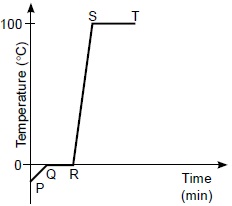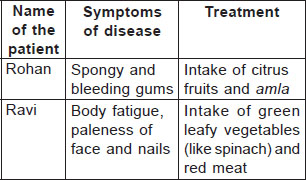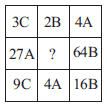Ans 1: (Master Answer)
A
Heat is gained from P to T. P to Q shows solid state of water i.e., ice. Ice changes to water along Q to R. Water gradually heats up along R to S and finally boils along S to T. Vaporisation does not occur along P to Q as it represents the solid state of water, i.e.,ice.




